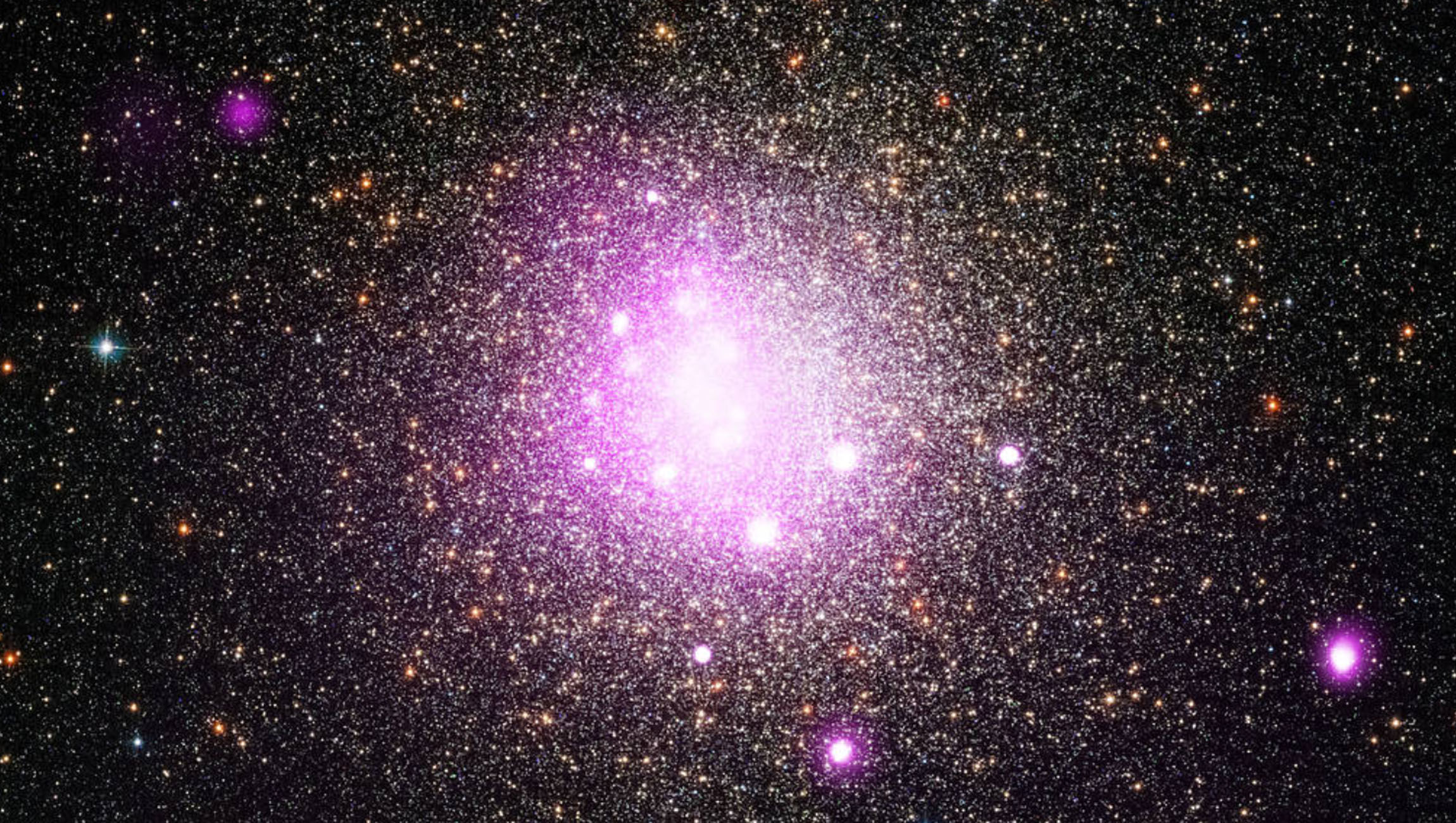Create a free profile to get unlimited access to exclusive videos, sweepstakes, and more!
Zombie planets could stay undead for a billion years

On Earth, zombies may only exist in comics, movies, and TV shows, but in space, they’re real.
Undead planets—whose dying white dwarf stars have eaten them down to their cores—can actually send radio waves so far through space they could possibly reach our radio telescopes. This is because of the magnetic field that still exists between star and planet despite one being dead and the other nearly deceased, according to a study recently published in Monthly Notices of the Royal Astronomical Society.
“Physical and orbital parameters … allow planetary cores to survive for over [a billion years], maximizing the possibility that they can be detected,” University of Warwick physicist and study lead Dimitri Veras, who co-authored the paper with fellow physicist and Penn State University professor Alexander Wolszczan, said.
The research looked into how long planets that orbit white dwarfs, or stars that are on their last breaths after burning all their fuel (and obliterate the outer layers of these planets), can survive. Even after having their outer layers devoured, these planetary cores could survive long enough to be detected.
White dwarfs emit radio waves. By detecting those waves, Veras’ team will use those waves to observe white dwarfs in the same part of the electromagnetic spectrum used to detect exoplanets. Planetary cores act as conductors in a unipolar inductor circuit, formed by the magnetic field between it and the white dwarf it orbits. It is this circuit that transmits radio waves as far as Earth. This is how the researchers might just unearth some planetary remnants that could reveal mysteries about the almost unfathomably ancient past of the cosmos.
The thing is, it is still unknown how long the planetary “skeletons” can still survive after their outer layers have been blasted off. Turns out they disintegrate much faster than bones buried on our planet. Try hundreds of millions of years, sometimes even up to a billion.
“There is a sweet spot for detecting these planetary cores: a core too close to the white dwarf would be destroyed by tidal forces, and a core too far away would not be detectable,” Veras explained. “Also, if the magnetic field is too strong, it would push the core into the white dwarf, destroying it. Hence, we should only look for planets around those white dwarfs with weaker magnetic fields.”
The naked core of a major planet has never actually been found, but Veras and Wolszcan have a positive outlook. Even if this particular research does not yield one, they plan to use the results as guidelines to upgrade radio telescopes that search space for zombie planets floating around (almost) dead stars. It also isn’t just the past they would give us a glimpse into.
“Such a core might also provide a glimpse into our own distant future, and how the solar system will eventually evolve,” said Veras.
That’s something to keep you awake at night.
(via The Royal Astronomical Society)














